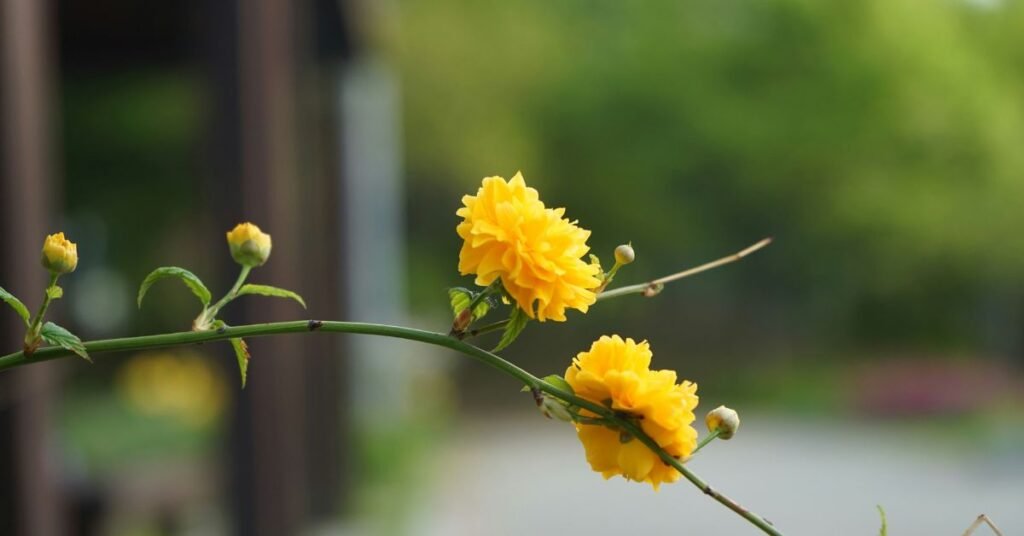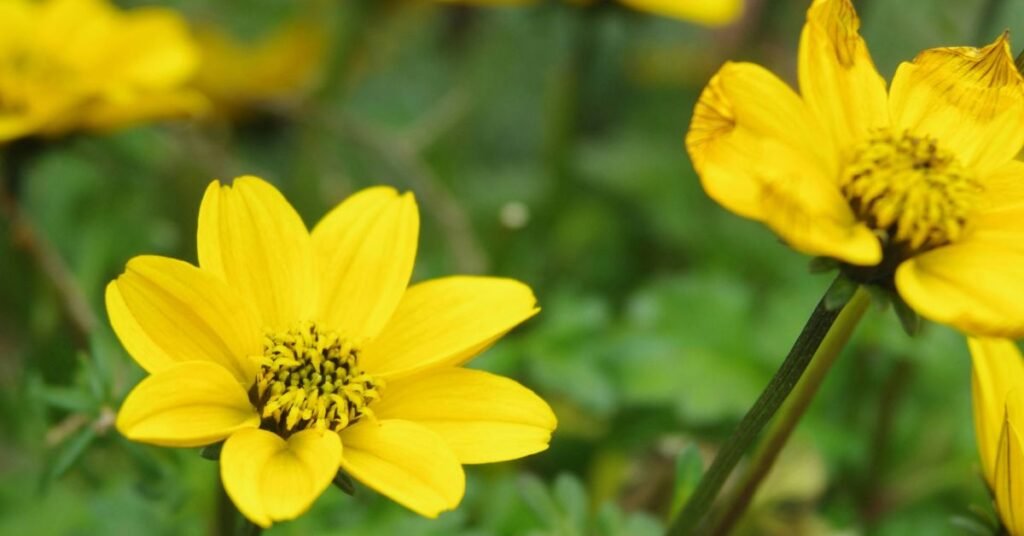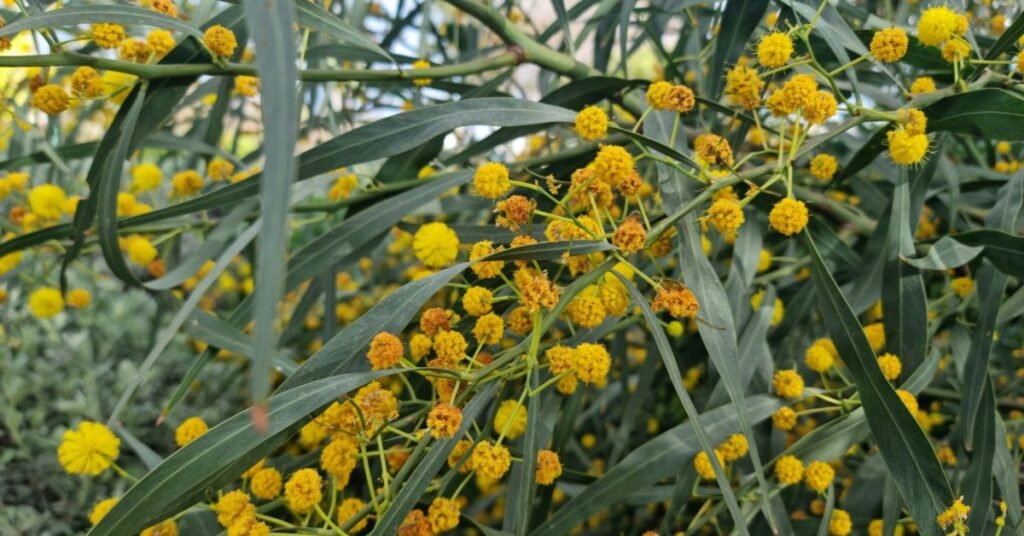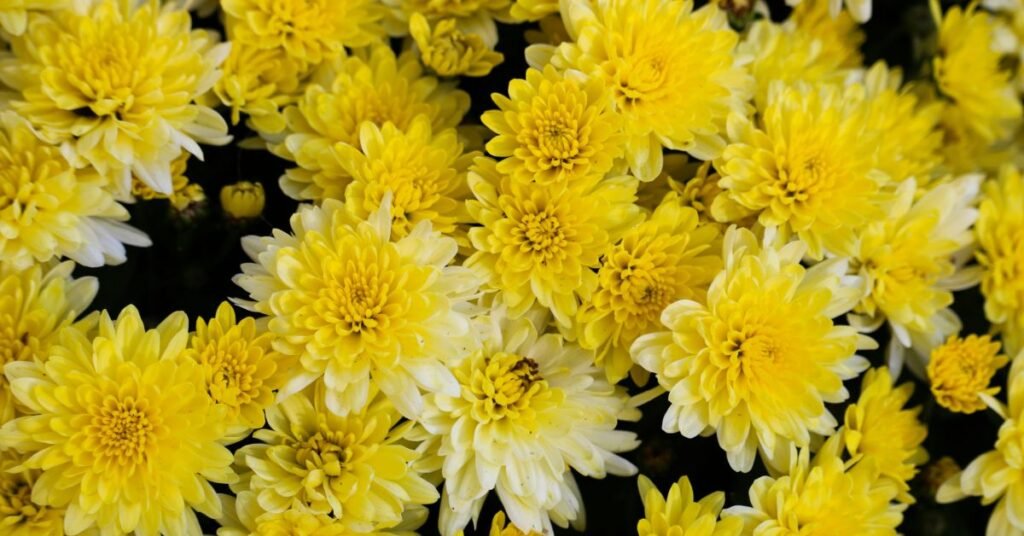Introduction
Yellow is the color of happiness, optimism, and sunlight. Incorporating yellow-colored plants into your garden or home décor instantly creates a cheerful and inviting atmosphere. Whether it’s bright yellow flowers, golden leaves, or variegated foliage, these plants add warmth and contrast to any green space.
From Golden Pothos and Yellow Croton to Marigolds and Sunflowers, yellow plants come in a wide range of species that are both beautiful and easy to grow. They symbolize positivity and energy, making them perfect for both indoor and outdoor decoration.
The Meaning of Yellow Plants
In nature, yellow symbolizes light, vitality, and growth. Gardeners often use yellow plants to brighten shaded areas or to create a focal point in landscapes.

Symbolism of Yellow Color:
- Represents happiness, friendship, and hope
- Brings energy and optimism to any space
- Associated with prosperity and creativity in many cultures
In Feng Shui, yellow plants are believed to attract positive energy, promote mental clarity, and strengthen relationships within the home.
Popular Yellow-Colored Plants
There are countless yellow plants you can grow depending on your climate and space. Let’s look at some of the most loved and easy-to-grow yellow varieties.
1. Golden Pothos (Money Plant)
The Golden Pothos is one of the most popular yellow-green houseplants. Its heart-shaped leaves with golden variegation brighten up any corner. It’s low maintenance, grows in both water and soil, and is an excellent air purifier.
- Light: Bright, indirect sunlight
- Water: Once the top inch of soil dries
- Symbolism: Prosperity and good fortune
2. Yellow Croton
The Croton Plant (Codiaeum variegatum) is famous for its colorful foliage in shades of yellow, green, red, and orange. It’s perfect for adding tropical energy indoors or in shaded gardens.
- Light: Bright, filtered sunlight
- Water: Regular, keeping soil slightly moist
- Highlight: Its bold, glossy leaves and unique patterns
3. Marigold
A classic garden favorite, Marigolds are cheerful annual flowers that bloom in bright yellow and orange shades. They’re not only beautiful but also known to repel insects naturally.
- Light: Full sun
- Water: Moderate, avoid waterlogging
- Use: Perfect for borders, pots, and flower beds
4. Sunflower
No yellow plant list is complete without the Sunflower (Helianthus annuus). Its large, golden blooms always face the sun, symbolizing positivity and strength.
- Light: Full sunlight
- Water: Regular watering during growth
- Symbolism: Joy, loyalty, and good energy
5. Yellow Hibiscus
The Yellow Hibiscus is a tropical flowering plant known for its large, golden-yellow blooms. It’s ideal for gardens or balconies, bringing a sunny tropical look.
- Light: Full sun to partial shade
- Water: Regular watering
- Feature: Attracts butterflies and hummingbirds
6. Yellow Coleus
Coleus plants are grown for their vibrant foliage rather than flowers. The yellow and green varieties add striking color contrast indoors and outdoors.
- Light: Indirect or partial shade
- Water: Keep soil moist but not soggy
- Benefit: Easy to propagate and maintain

Indoor vs Outdoor Yellow Plants
Indoor Yellow Plants
Indoor yellow plants bring brightness to spaces with limited natural light. Some excellent indoor options include:
- Golden Pothos
- Yellow Croton
- Lemon Lime Dracaena
- Neon Pothos
- Aglaonema ‘Golden Madonna’
These plants improve air quality and elevate mood while adding a warm, golden glow to your room décor.
Outdoor Yellow Plants
Outdoor yellow plants are perfect for sunny gardens and landscapes. Some popular choices are:
- Marigolds
- Sunflowers
- Yellow Daylilies
- Coreopsis
- Yellow Roses
They attract pollinators like bees and butterflies and make your garden vibrant and inviting.
How to Care for Yellow Plants
1. Light Requirements
Most yellow plants need bright light to maintain their vibrant color. Too little light can cause yellow tones to fade into green.
- Place indoor plants near a window with filtered sunlight.
- Outdoor plants thrive best in full to partial sun.
2. Watering
While watering needs vary by species, the general rule is to keep soil moist but not soggy.
- Overwatering can cause yellowing leaves.
- Underwatering leads to dry or wilted leaves.
Check soil moisture before watering and ensure proper drainage.
3. Soil Type
Use well-draining, nutrient-rich soil for both indoor and outdoor plants. Adding compost improves fertility and supports healthy root growth.
4. Fertilizer
Feed your yellow plants with a balanced liquid fertilizer every 4–6 weeks during the growing season. Avoid excessive fertilizer, which can burn roots or fade leaf color.
5. Temperature & Humidity
Most yellow plants prefer warm temperatures between 18°C–30°C (65°F–85°F) and moderate humidity. Protect them from cold drafts or frost.
6. Pruning
Pruning helps keep plants tidy and encourages fresh growth.
- Remove dead or yellowing leaves.
- Pinch off faded flowers to promote more blooms.

Common Problems and Solutions
| Problem | Cause | Solution |
|---|---|---|
| Faded Yellow Color | Low light | Move to a brighter spot |
| Brown Leaf Edges | Dry air or irregular watering | Mist regularly, maintain even moisture |
| Pests (Aphids, Mealybugs) | Poor air circulation | Use neem oil or clean with soft cloth |
| Root Rot | Overwatering | Improve drainage, reduce watering |
Design Ideas with Yellow Plants
Yellow plants are versatile and can be used creatively in garden design and interior decoration. Here are a few ideas:
1. Contrast Planting
Pair yellow plants with purple, green, or red foliage for stunning contrast. For example, Yellow Croton with Purple Heart or Marigold with Lavender creates a vibrant combination.
2. Yellow Corners
Brighten dull areas like balconies or shaded spots with yellow-leafed indoor plants like Golden Pothos or Lemon Lime Dracaena.
3. Path Borders
Line garden paths or walkways with small yellow flowers like Marigolds or Coreopsis for a cheerful look.
4. Mixed Pots
Combine yellow flowering and foliage plants in decorative pots for dynamic color balance — for example, pairing Sunflowers with green ferns.
Benefits of Yellow Plants
- 🌞 Boost Mood: Yellow color evokes happiness and warmth.
- 🍃 Purify Air: Many yellow plants remove toxins and refresh indoor air.
- 🌼 Attract Pollinators: Outdoor yellow flowers attract bees and butterflies.
- 🏡 Enhance Décor: Bright yellow leaves and blooms add instant visual appeal.
- 🌱 Symbol of Positivity: Represent joy, creativity, and mental clarity.
Conclusion
Yellow Color Plants are nature’s way of spreading joy and positivity. Their radiant hues can transform any dull space into a lively, welcoming environment. Whether it’s the shimmering leaves of Golden Pothos, the bold foliage of Yellow Croton, or the sunny faces of Marigolds and Sunflowers, these plants bring life and brightness everywhere they grow.

